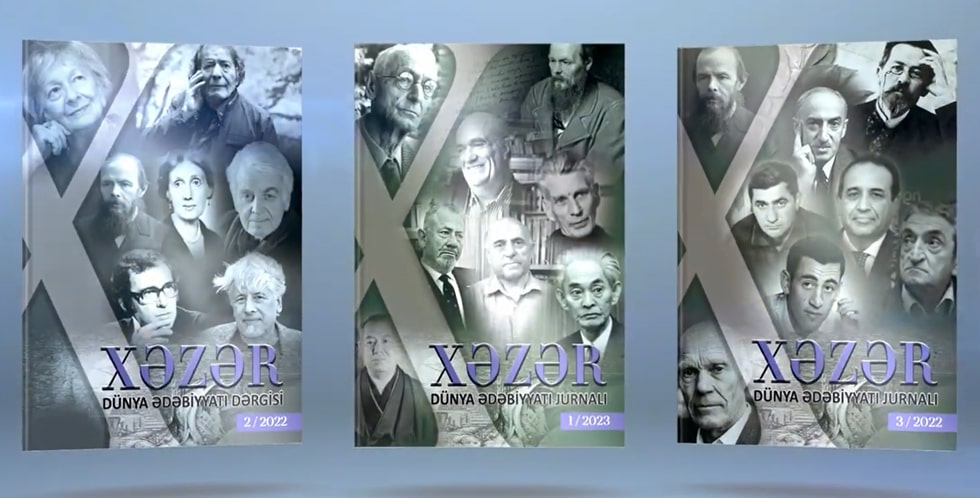Unbounded Armenian plagiarism
_5824547aeb66b.jpg)
The history of dancing art of Azerbaijan traces its roots back to ancient times. The scenes of dances reflected on Gobustan rock drawings are proof of that. Beginning since early the medieval centuries various types of folk dances began to form. Dances had been accompanied by the rhythmic hand clapping long before the ordinary folk musical instruments appeared. The history of dance closely follows the development of human race. Since the earliest times of our existence, far before the creation of the first modern civilizations, dance had served as an irreplaceable way of expressing human thought and emotion. Tribes were involved in various activities; even hunters performed their mysterious rituals through dances with plastic movements demonstrating the human's mobility, liveliness and power.
Due to their rhythm Azerbaijani folk dances as a rule consist of 3 parts: the 1st part is speedy dances on circle; the 2nd part is lyrical, as if a dancer dances slowly, the body is sharp, strong and proud; the 3rd part - again a dance on circle, ceremonial and with big emotional ardour. The dances of male and female sharply differ from each other. The development of female dance is conditioned with costumes: the long skirt defined the tender movement of feet; the dance is entirely focused on the used technique of upper parts of the arm and corpse (shoulder, head, mimics of face etc.).The main feature of male dance is technique of feet. The dancer stands quickly on the tiptoe and goes down on knees, etc.
Unfortunately, as a part of our history and culture, dances also became the target of our enemy. Along with the invasion of our territories, the Armenians attempted to privatize our cultural samples as well. The nasty enemies from time to time tried to privatize musical compositions, folk and other intangible cultural samples of Azerbaijan. As an example we can mention the folk songs Sari Gelin, Susan Sunbul, and dozens of folk songs; Yally, Vaghzaly, Kocheri, Usundere, Mirzeyi folk dances; and such national musical instruments, as tar, balaban and zurna. They even don't shy away from introducing the works composed by Uzeyir Hajibeyli, Gara Garayev and Fikret Amirov, including songs of Azerbaijani contemporary composers as Armenian'.
The Armenians made several attempts to privatize the Azerbaijani folk dance Kocheri. During the Eurovision Song Contest 2011 in Düsseldorf, Germany, the performance of the dance Kocheri under the music of the contest song is the top of plagiarism.
Another folk dance, Shalakho - expressing braveness and courage, underwent the Armenian plagiarism as well. In the Encyclopaedic Dictionary of Music and Musicians published in the USSR period in 1959, Shalakho folk dance was introduced as an Armenian solo dance for men. Aram Khachaturian widely used the music of Shalakho in his ballet Gayaneh.
The music of the folk dance Uzundere used in the operetta O Olmasin Bu Olsun (If Not That One, Then This One) by Uzeyir Hajibeyli was the subject of Armenian plagiarism.
A book Armenian Folk Songs written and published by the Armenian musicians R. Boyachyan and A. Seriyeks in Paris, the Azerbaijani folk samples Uzundere and Jeyrani were introduced as Armenian folk dances.
Yeletme, a melody from the Book of Dede Korkut , is considered the ancestor of Vaghzaly folk dance. Yeletme means 'stimulation, encouragement, excitement.' It is supposed that the music was used during wedding parties. In the past, the music was accompanied by the torch and fire while taking the bride from her house to the wedding house. Presently, this melody is the symbol of Azerbaijani weddings.
Elmin NURI
AND OTHER...
-
 Khagani Shirvani’s Creativity on the Literary Portal of England
Khagani Shirvani’s Creativity on the Literary Portal of England
“Write Out Loud”, the leading poetry portal of England, has posted in English the ghazal “A Love Song” by the great Azerbaijani poet Khagani Shirvani as part of the...
-
 Isi Malikzade’s Creativity on German Literature Magazine
Isi Malikzade’s Creativity on German Literature Magazine
LESERING.de, a popular German e-literature magazine, has posted in German the short story Salt by Isi Malikzade, the notable Azerbaijani writer, as part of the AzSTC project “Azerbaijan Literature in an International Virtual World”.
-
 Movlud Movlud’s Short Story on Turkish Portals
Movlud Movlud’s Short Story on Turkish Portals
“Detayhaberler.com”, “Dibace.net” and “Haber.232.com”, leading Turkish portals, have posted in Turkish the short story “We Have Already Grown Up” by the...









